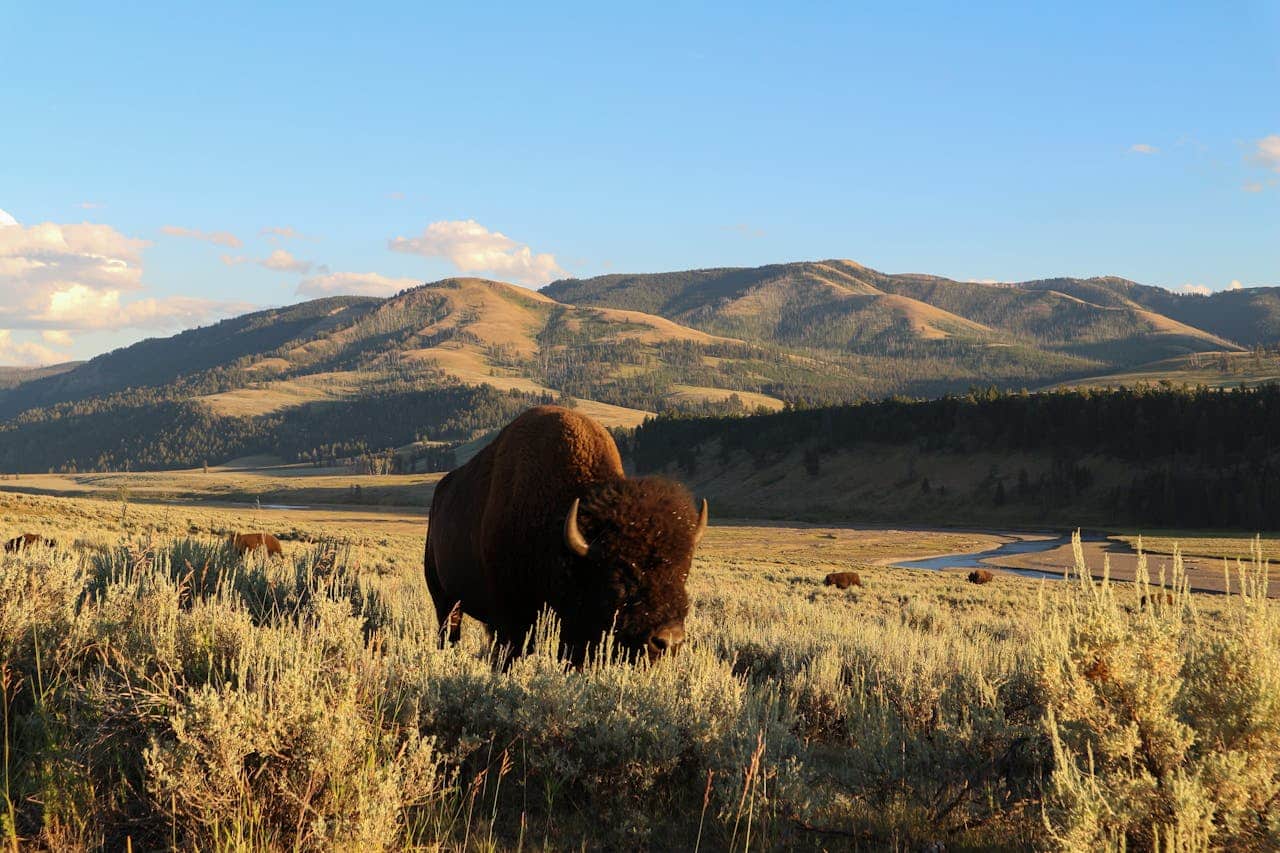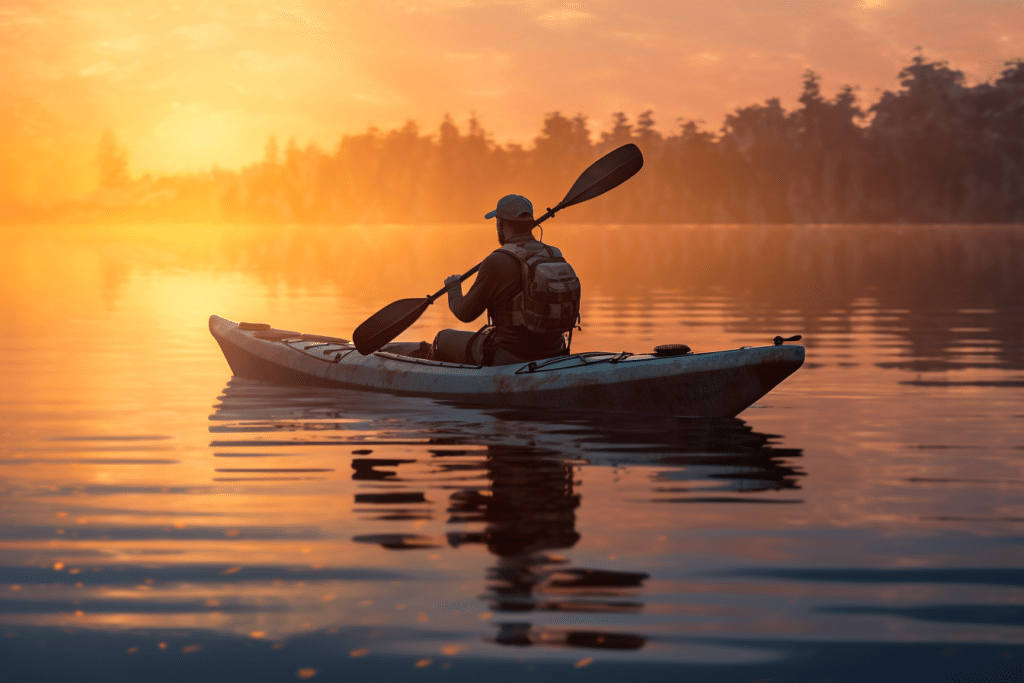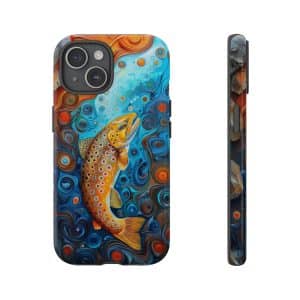

When planning a kayak camping trip, choosing the best tent is crucial. Your tent will be your home away from home during your kayaking trip too, so it’s important that it meets all your needs.
A good tent should be lightweight and easy to transport in your kayak, yet sturdy enough to withstand harsh outdoor conditions such as wind and rain. In addition to being portable and durable, your tent should also be comfortable.
After a long day of paddling, you’ll want a cozy place to rest up for tomorrow’s adventures. Features like ample headroom, good ventilation, and waterproof materials are all important factors when selecting a tent.
Another thing to consider when choosing a tent is its setup process. Ideally, you want something that can be quickly assembled or taken down without too much fuss – after all, you don’t want to waste precious daylight struggling with poles and stakes!
So when shopping for kayak tents online or in stores look at reviews online about how easily they assemble. Overall, selecting the right tent will make all the difference in how enjoyable your kayak camping trip will be.
So take the time to research your options, and invest in a quality tent that will keep you comfortable and safe throughout your journey. In the next section, we’ll go over some important factors to consider when selecting the perfect tent for kayak and camping trips.
When it comes to the best tents for kayak camping, choosing the right tent is essential. Not only will your tent protect you from the elements, but it will also be your home away from home. Here are some key factors to consider when selecting a tent for your next kayaking adventure.
The size and weight of your tent can make a big difference when it comes to kayak camping. You want a tent that is spacious enough for you and any camping gear that you plan on bringing, but at the same time, you don’t want something that will weigh you down or take up too much space in your kayak.
A good rule of thumb is to look for tents that are labeled as “backpacking” or “ultralight.” These tents are designed with weight in mind and typically come in at under 5 pounds. Additionally, consider how many people will be sleeping in the tent.
A two-person tent may seem like a good idea, but if you’re sharing larger tent with someone who moves around a lot in their sleep or brings a lot of gear, it may not be comfortable.
No one wants to wake up to a leaky tent during their kayak camping trip. Therefore, durability and weather resistance are crucial when selecting tent materials for a kayaking tent. Look for tents made with high-quality materials that can withstand extreme weather conditions such as strong winds, heavy rain or snowfall.
The best materials for tents include ripstop nylon or polyester fabrics with waterproof coatings. Tents with built-in rainflies provide additional protection against precipitation while mesh panels provide ventilation during warmer nights.
One summer, I decided to try out a new “kayak tent” — a tent that’s as easy to set up as tossing a kayak into the water. I was with my nephew, a city kid eager to learn the ropes of outdoor living. We reached our campsite late, and I bragged about how quickly we’d have our shelter ready, “Faster than a trout spooks at a shadow,” I told him. Well, I tossed that tent out, expecting it to pop into shape like in the advertisements. Instead, it flopped on the ground like a confused pancake. My nephew watched, trying not to laugh, as I wrestled with the tent, which seemed to have a mind of its own. It was like trying to fold a map in the wind. Eventually, we got it set up, slightly lopsided but functional. That night, under the stars, my nephew said with a grin, “Uncle Trevor, next time, let’s just bring a kayak and sleep in that. Seems easier!
Setting up and taking down your tent can be a hassle, especially in unfavorable or wet weather conditions. Therefore, consider the ease of setup and takedown when selecting a tent.
Look for tents that come with color-coded poles or feature clear instructions on how to assemble them.
A freestanding tent design can also make things easier. With this design, you can pitch your tent anywhere without worrying about staking it down.
Some tents also allow you to set up only aluminum poles for the rainfly and footprint for an even easier setup in mild conditions.
Overall, take your time when selecting a tent for your camping trip. Consider all these factors and choose a tent that meets your needs to ensure an enjoyable experience.
The Nemo Hornet Elite 2P Tent is one of the best tents for kayaking due to its lightweight design. Weighing in at only two pounds, this lightweight tent also is easy to carry around in your kayak without adding too much weight.
The tent also packs down very small, making it easy to store in your pack or carry bag. Despite its lightweight design, the Nemo Hornet Elite 2P Tent is still very durable thanks to its high-quality materials. It is made from Nemo’s proprietary Flybar™ pole clip system which makes it strong enough to withstand harsh cold weather camping conditions.
One of the standout features of this tent is its excellent ventilation system. The mesh walls and ceiling provide plenty of airflow while keeping bugs out. This makes it comfortable even on hot summer nights.
The MSR Hubba Hubba NX 2-Person Tent is another great option for kayak camping due to its ease of setup and spacious interior with ample headroom.
It takes only a few minutes to set affordable tent up thanks to its color-coded pole system, which means you can spend more time enjoying your kayak trip rather than fiddling with your tent. One of the best things about this tent is how spacious it feels inside despite being designed for two people.
With a peak height of 39 inches and two large vestibules, there is plenty of room to store your gear and move around comfortably. The MSR Hubba Hubba NX 2-Person Tent is also weather-resistant thanks to its durable materials and waterproof rainfly. You can rest easy knowing that you will stay dry even in the heaviest of downpours.
Lightweight, freestanding 2-person backpacking tent that is the perfect balance of weight, comfort and livability for three-season adventures; minimum weight is 2 lbs. 14 oz (1.30 kg)
Maximum space with a true rectangular floorplan and exceptional head room (40 in/1.01 m) with two large side-entry vestibules to store gear
Waterproof DuraShield fabric coating and taped seams keep the elements outside where they belong
The Big Agnes Copper Spur HV UL2 Tent is a lightweight yet durable tent that is perfect for kayak camping. It weighs in at only three pounds, but it is made from high-quality materials that make it strong enough to withstand harsh weather conditions.
One of the standout features of this tent is its roomy interior space with two doors and vestibules, which makes it easy to get in and out without disturbing your partner.
The vestibules also provide plenty of room to store your gear, keeping the inside of the tent clutter-free. The Big Agnes Copper Spur HV UL2 Tent also has an excellent ventilation system thanks to its mesh walls and ceiling. This means you can enjoy a comfortable night’s sleep even on hot summer nights while keeping bugs out.
Choosing the right tent for kayak camping can make or break your trip. The Nemo Hornet Elite 2P Tent, MSR Hubba Hubba NX 2-Person Tent, and Big Agnes Copper Spur HV UL2 Tent are all great options that tick all the boxes when it comes to weight, durability, ease of setup/take-down, spaciousness inside, weather resistance, ventilation system etc..
When it comes to setting up your tent or sleeping bag while kayak camping, choosing the right campsite is crucial.
You want to find a spot that is level, dry, and protected from wind and rain. Look for a spot that has good drainage in case of rain, and avoid areas with tall grass or brush where critters might be lurking. It’s also important to consider the view when choosing your campsite.
A beautiful vista can make all the difference in your camping experience. If you’re camping near a lake or river, try to find a spot with a clear view of the water.
Kayak camping often means dealing with windy conditions, which can be challenging when it comes to setting up your tent.
To prevent your tent from blowing away in the wind, make sure you stake it down securely. Use sturdy stakes and drive them into the ground at an angle away from your tent. This will help anchor it firmly in place. You can also tie guy lines (ropes) around trees or other sturdy objects nearby to provide extra stability.
If you’re really concerned about windy conditions, consider investing in a four-season tent that is designed to withstand extreme cold weather and conditions.
Once you’ve found your perfect campsite and secured your tent, it’s time to start organizing your gear inside. The key here is efficiency – you want to create an organized space that allows you easy access to all of your essential items.
Start by laying down a ground cloth or tarp inside the tent – this will help keep everything clean and dry. Use packing cubes or stuff sacks to keep gear organized by category (e.g., clothes, cooking supplies, toiletries).
Hang a mesh organizer from the ceiling of the tent to store small items like headlamps or sunscreen. Remember to keep heavy items low and close to the center of the tent floor to avoid tipping. And don’t forget to leave room for yourself – make sure you have enough space to stretch out comfortably and move around inside the tent.
Setting up your tent while kayak camping can be a challenge, but with these tips, you’ll be well on your way to creating a comfortable and organized campsite. Remember: choose your campsite carefully, secure your tent against wind and rain, and create an efficient gear storage and organization system inside the tent. With these strategies in place, you can focus on enjoying nature and all that it has to offer.
The significance of selecting the best tent for kayak camping adventure truly cannot be overstated. As you embark on this exciting journey, your tent serves not only as a crucial piece of equipment, but also as your personal refuge, your cozy haven, and your steadfast shield against the unpredictable forces of nature.
When making your decision, it’s essential to keep in mind key factors like weight, durability, comfort, and the ease of setting up and taking down the tent. By focusing on these aspects, you can be confident that the tent you choose will not only meet your needs, but also elevate your overall kayaking and camping experience.
Don’t hesitate to do your homework and take your time reading reviews from fellow outdoor enthusiasts. Their insights and experiences can provide invaluable guidance in finding that ideal tent that suits your unique preferences and requirements. It’s an investment in your comfort and safety, so be sure to weigh your options carefully.
And remember, choosing the right tent is just one part of the adventure! Embrace the process and enjoy the anticipation of what’s to come. Once you’ve found that perfect tent, you can set forth on your kayak camping expedition with confidence and excitement, knowing that you’re well-equipped to face whatever challenges Mother Nature might present.
With your trusty tent in tow, you’ll be ready to savor the serene beauty and tranquility of the great outdoors, forge unforgettable memories, and form a deeper connection with nature. So, take your time, do your research, and ultimately, trust in your ability to select the perfect tent for your kayak camping adventure. Happy paddling, and here’s to creating memories that will last a lifetime!
Answer: Kayak camping is a unique combination of kayaking and camping, where you transport all your camping gear and supplies in your kayak and paddle to a campsite, often along a riverbank or lakeshore. Traditional camping typically involves driving to a campsite and setting up camp close to your vehicle. The main differences between the two include:
Answer: The best type of kayak for camping is usually a touring or sea kayak. These kayaks are designed for longer trips and have features that make them more suitable for camping:
Answer: Packing a kayak for a camping trip requires careful planning and organization. Here are some tips for efficient packing:
Answer: Safety should always be a top priority when planning a kayak camping trip. Some essential safety precautions include:
Answer: Planning a successful kayak camping trip involves several steps:


The Montana Style is a participant in the Amazon Services LLC Associates Program, an affiliate advertising program designed to provide a means for sites to earn advertising fees by advertising and linking to Amazon.com
To learn more about Trevor Riggs, please visit our About page.
The Montana Style is a participant in the Amazon Services LLC Associates Program, an affiliate advertising program designed to provide a means for sites to earn advertising fees by advertising and linking to Amazon.com